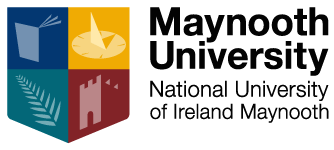| |
On successful completion of the module, students should be able to:
-
Describe basic insect structure and function and the ways in which insects are injurious to humans, their livestock, crops and products.
-
Compare and contrast various approaches to controlling insect pests.
-
Describe the vital processes that require bacteria, and understand the interrelationships of microorganisms in the environment, agriculture, food, human, animal and waste.
-
Discuss non-human sources or reservoirs of microbial disease & their roles in modern infectious diseases, and describe how the environment provides antibiotics and the risk that it poses as a source of antibiotic resistance.
-
Discuss the relationship between colonisation and extinction in the MacArthur and Wilson Island Biogeography model.
-
Describe the impact of invasive plant species on ecosystems, for example Rhododendron ponticum in Ireland and Eichhornia crassipes in the tropics.
-
Describe ecological processes such as the zonation of seashore organisms and primary productivity in marine ecosystems.
-
Discuss the adaptations that some marine animals have evolved which enable them to survive in the deep ocean environment.
|
 ENVIRONMENTAL BIOLOGY
ENVIRONMENTAL BIOLOGY

